CHAPTER XV - Rocky Creek
Rocky Creek runs through the middle of the park.
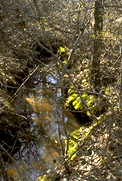
In the early spring, not much is green except moss.
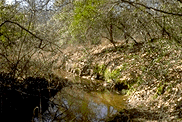
Most creeks and drainages in the park and in this area in general
have clay or sandy bottoms. This one however, has a rocky bottom. Large
ledges of rock jut out from either side of the bank and in some places
make stepping stones across. The water runs unusually clear and cold.
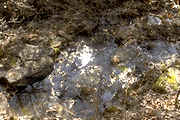
Moss, moss, everywhere. Some stretches of bank are virtually
upholstered with it.
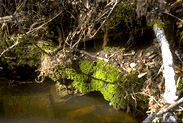
This is an especially nice cushion.
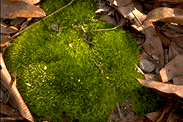
Later, in March, Lick Creek Park offers another rare treat. In sandy,
semi-open areas one may be lucky enough to find the Houston Meadow Rue,
Thalictrum texanum.
This diminutive member of the Buttercup Family is a very narrow endemic
and is being considered for threatened or endangered status--one more
treasure that the park could serve to protect. This plant is dioecious,
that is, the male and female flowers are on separate plants. The first
image is of a male plant and the second shows male and female flowers
from separate plants placed together for comparison.
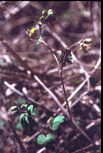 ..................
..................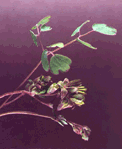
Chapter 16 - Summertime Part I
Lick Creek Park Field Trip Home Page